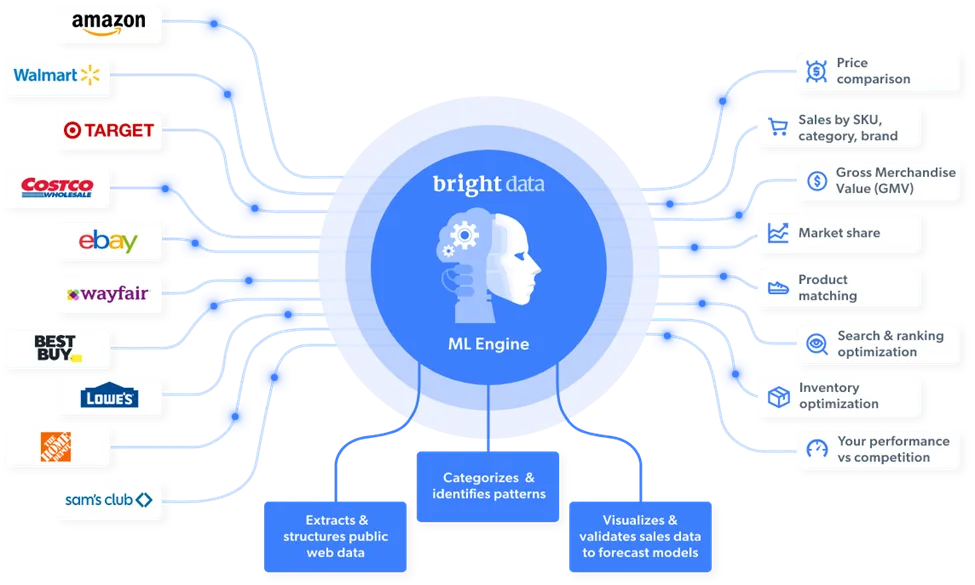Abstract: In this article, I reflect on the transition from leading a team of over 100 professionals at Mawave, one of Europe's largest social performance agencies, to founding and building Wooz, an AI-powered voice-to-action assistant, with a core team of three. Drawing on personal experiences and industry insights, I examine the differences in leadership, decision-making, and operational strategy when managing a large organization versus a lean, startup team. The article explores the advantages and limitations of both approaches and explains why I intentionally chose to start my new venture with a smaller, more focused team. This discourse is intended for professionals and academics interested in leadership theory, organizational design, and startup culture.
Introduction: Reflecting on Leadership in Different Organizational Scales
Leadership in the technology and startup ecosystem often requires versatility and adaptability. In my professional journey, I have experienced both ends of the spectrum: leading a large organization at Mawave with over 100 team members, and now, as a founder of Wooz, managing a smaller, more focused team. Each stage has presented distinct challenges and benefits, which are not only operational but also philosophical. This article delves into the complexities of these leadership roles, providing a critical analysis of the implications for business strategy and decision-making processes.
Leading a Large Team: Structure and Delegation
At Mawave, the team's scale provided significant benefits in terms of specialization. As is often the case in large organizations, each member had a well-defined role, and their combined expertise allowed the company to operate efficiently at scale. The delegation of responsibilities, an essential component of leadership in such a setting, enabled me to focus on higher-level strategy, trusting that day-to-day operations were being handled by capable individuals.
However, leadership in large teams also brings challenges in maintaining effective communication and alignment. Information must pass through multiple levels of management, and by the time it reaches decision-makers, it can be filtered or diluted. Additionally, as teams grow, so does the complexity of maintaining a cohesive culture. Aligning 100+ people with the company's vision requires extensive internal communication, constant reinforcement of goals, and a robust feedback system.
Studies show that engaging leadership, which focuses on autonomy, competence, and relatedness, has a significant impact on team effectiveness and cohesion. Research highlights that such leadership fosters autonomy and enhances communication, which is critical when managing large teams (Schaufeli, 2022).
Despite these challenges, leading a large organization allowed me to develop a macro-level understanding of operational dynamics and fostered a strategic mindset necessary for long-term business growth. However, this distance from the day-to-day operations made me increasingly aware of the importance of agility and hands-on leadership, particularly in the fast-paced tech industry.
Starting Small: Agility, Flexibility, and Ownership
When founding Wooz, I made a deliberate choice to start with a core team of three. This decision was driven by the desire to regain control over every facet of the business, ensuring that each decision made directly influenced the product's development and market positioning. With fewer layers of hierarchy, decisions are made faster, and execution becomes more flexible. Each team member takes on multiple roles, fostering a sense of ownership and responsibility across the organization.
The agility that comes with a smaller team allows us to pivot quickly based on market feedback and customer needs. This flexibility is essential in a startup environment, where the ability to adapt often determines success. In contrast to large teams, where bureaucracy can slow decision-making, Wooz operates with streamlined communication, leading to faster iteration and innovation.
The Intentional Choice to Start Lean
The decision to build wooz with a small, focused team was intentional. While larger teams offer more resources and specialization, they also come with increased operational complexity. In the initial stages of Wooz, my priority was to maintain focus and clarity in our mission: to revolutionize trade show interactions with AI-powered solutions. By starting lean, we avoid the distractions and inefficiencies that often accompany rapid scaling.
Moreover, beginning with a small team fosters a deep understanding of every aspect of the business. This hands-on approach allows founders to stay intimately connected to both product development and customer needs. It also provides an opportunity to establish the company's culture and operational ethos from the ground up, ensuring that future growth is aligned with these foundational principles.
Research indicates that engaging leadership and decision-making in complex systems require more agile approaches. The leadership decision-making framework in complex environments, such as startups, emphasizes quick pivots and flexible management practices (Hallo, 2020).
The Balance of Risk and Reward
Of course, there are inherent risks in starting small. Resource constraints, both in terms of personnel and capital, mean that each team member must be highly skilled and versatile. There is little room for error, as every misstep directly impacts the company's trajectory. However, this environment also cultivates resilience and creative problem-solving, as limitations often lead to innovative solutions.
The rewards, however, are substantial. With fewer people involved, every achievement feels deeply personal, and the sense of collective ownership among the founding team is unparalleled. Additionally, this lean approach allows Wooz to maintain financial discipline and operational efficiency, setting the stage for sustainable, long-term growth.
Conclusion: Leadership Lessons Across Organizational Scales
Through my experiences at Mawave and wooz, I have learned that effective leadership must be adaptable to the size and stage of the organization. Leading a large team requires a different set of skills --- primarily focused on delegation, communication, and strategic oversight --- while managing a small team emphasizes agility, flexibility, and hands-on involvement.
The choice to start Wooz with a lean team was not only practical but also philosophical. It allowed us to maintain control, focus, and agility, qualities that are essential for success in the competitive tech landscape. As we grow, these early decisions will continue to shape Wooz's trajectory, guiding us toward sustainable and impactful growth.
This exploration of leadership transitions in different organizational settings is intended to provide insights to fellow entrepreneurs, academics, and professionals seeking to understand the nuances of leadership in both large and small teams. It highlights the need for adaptability and intentional decision-making in building successful companies.
References:
- Schaufeli, W. (2022). "The Impact of Engaging Leadership on Employee Engagement and Team Effectiveness." PLOS ONE. Access here
- Hallo, L. et al. (2020). "Effectiveness of Leadership Decision-Making in Complex Systems." MDPI Systems Journal. Access here



